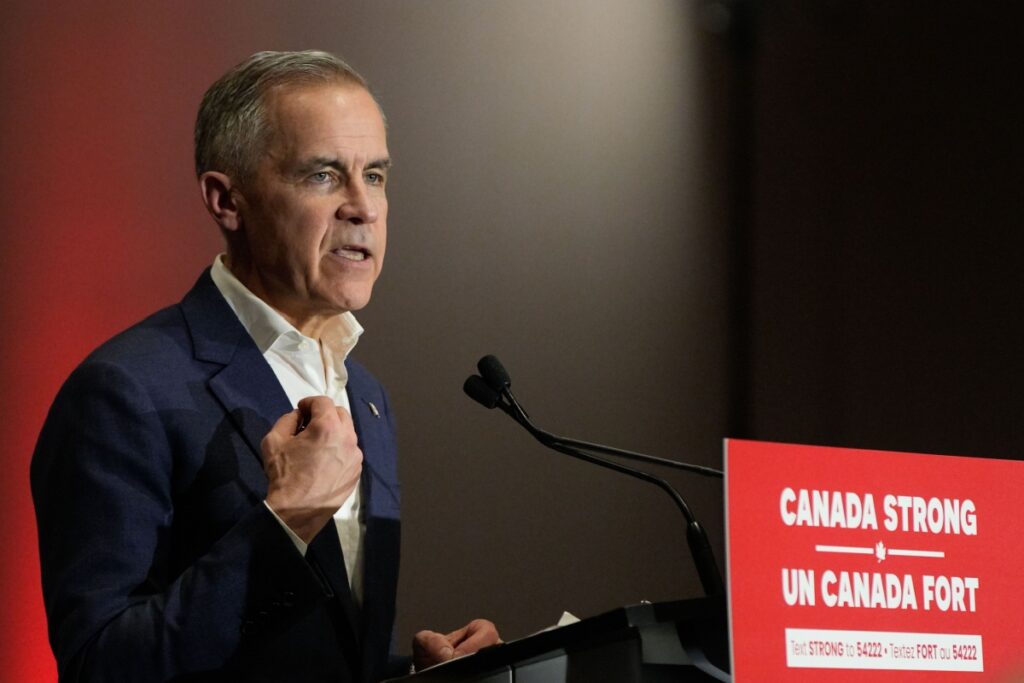In a decisive move, Canadian Prime Minister Mark Carney announced that Canada is targeting a doubling of its exports to countries other than the United States within the next decade.
Addressing business and industry leaders ahead of the federal budget release, Carney described the nation’s longstanding reliance on U.S. trade ties as increasingly risky. He said the dominance of American-bound exports (more than 75% of Canada’s total exports) has become “a vulnerability” in the face of rising American tariffs and waning investment confidence.
Carney emphasised that key Canadian sectors such as autos, steel, lumber and aluminium are facing headwinds due to U.S. trade policy. “Our businesses are holding back investments, restrained by the pall of uncertainty that is hanging over all of us,” he said.
He indicated that the upcoming federal budget, scheduled for release on November 4, 2025, will reflect this shift in emphasis and channel public investment toward preparing Canadian firms for a more diversified global market.
Diversifying Trade and Reframing Canada’s Role
Carney characterised the U.S. trade stance under Donald Trump as sharply changed, stating “the U.S. has fundamentally changed its approach to trade, raising its tariffs to levels last seen during the Great Depression.”
As part of the diversification strategy, Canada is re-engaging with large economies beyond its southern neighbour, including India and China, with Carney declaring that Canada intends to position itself as an “energy superpower.” He cited the country’s status as having the third-largest oil reserves and fourth-largest natural gas reserves globally, along with critical minerals and metals essential to U.S. national security.
By asserting this broader international engagement, Carney signalled that Canada is not simply reacting to U.S. policies but actively reshaping its trade and economic identity.
Fiscal and Industrial Adjustments Underway
In delivering his speech, Carney told Canadians that transforming the country’s economy will not come easily or quickly. “We won’t transform our economy easily or in a few months — it will take some sacrifices and some time,” he warned.
While detailed budget measures are still forthcoming, Carney’s remarks foreshadow enhanced support for sectors exposed to U.S. tariffs and investment restrictions, such as manufacturing and natural-resource exports. He also indicated an intensified push for public investment to unlock new export markets and reduce dependence on the U.S. Whatever the details, he said the federal government must act decisively in a “hostile world” of rising protectionism.
The strategy aligns with other recent announcements in Canadian policy. For instance, Canada earlier committed to meet the North Atlantic Treaty Organization (NATO) target of defence spending at 2 % of GDP by early 2026, signalling a broader re-orientation of Canada’s engagement on both the economic and security fronts.
Trade Landscape and Strategic Context
The timing of Carney’s announcement corresponds with an era of increasingly complex trade relations between Canada and the United States. As U.S. tariff actions intensified, Canada’s trade strategy has come under pressure. In March 2025, for example, the U.S. imposed high tariffs on automobile and auto-parts imports, prompting Canadian criticism and highlighting the fragile nature of the relationship.
In its response, Canada had imposed retaliatory tariffs on U.S. goods. However, by August 2025, Canada agreed to lift a portion of those tariffs, covering approximately C$21 billion of U.S. exports, while leaving tariffs in place on steel, aluminium and automobiles.
This backdrop reinforces Carney’s point that the traditional integration with the U.S. economy can no longer serve as the bedrock of Canadian strategy. Instead, Canada appears to be pursuing a broader international posture, both economically and strategically, partly in response to the shifting global trade order.


